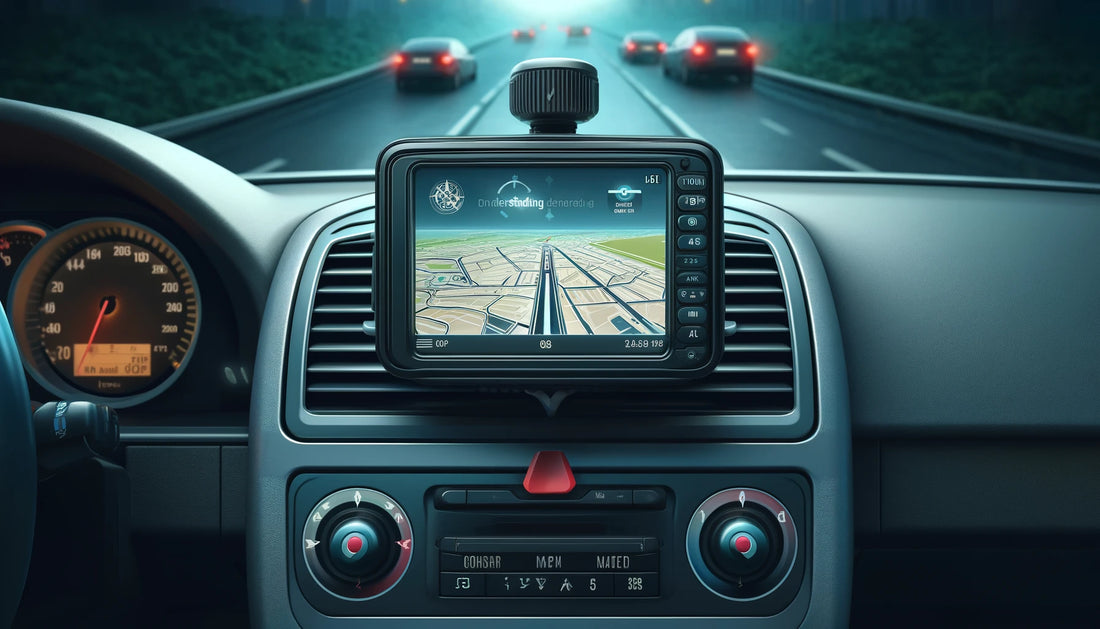Navigating our world has never been easier, thanks to advancements in technology that allow us to pinpoint our location and find the best routes to our destinations. However, many people often confuse Sat Nav and GPS, using the terms interchangeably. In this comprehensive guide, we will explore the differences between Sat Nav and GPS, their features, functionality, and technology, helping you make an informed decision for your navigation needs.
Differences Between Sat Nav and GPS: A Brief Overview
At first glance, the terms "Sat Nav" and "GPS" may seem synonymous, but they refer to different aspects of navigation technology. GPS, or Global Positioning System, is a satellite-based system developed by the United States Department of Defense. It comprises a network of satellites that transmit signals to receivers on the ground, allowing them to determine their precise location.
On the other hand, Sat Nav, short for satellite navigation, refers to the devices and systems that utilize GPS data to provide navigation services. While GPS is the underlying technology, Sat Nav systems include additional features such as mapping, routing, and user interfaces to offer a comprehensive navigation solution.
Sat Nav Features vs. GPS Features
Understanding the differences in features between Sat Nav and GPS is crucial when choosing the right system for your needs. GPS features primarily involve the ability to determine your exact location anywhere on the globe. This is achieved through a network of at least 24 satellites orbiting the Earth, providing continuous global coverage.
Sat Nav systems, however, build on GPS technology by incorporating features such as detailed maps, turn-by-turn directions, traffic updates, and points of interest. These features enhance the navigation experience, making it more user-friendly and practical for everyday use. For instance, a Sat Nav device can calculate the fastest route to your destination, provide real-time traffic information, and offer voice-guided directions, which are not inherent features of basic GPS technology.
Sat Nav Functionality vs. GPS Functionality
When it comes to functionality, GPS and Sat Nav systems serve different purposes. GPS functionality is primarily concerned with determining the precise location of a receiver. This involves calculating the distance between the receiver and multiple satellites to triangulate the exact position. GPS technology is used in various applications, including navigation, surveying, and even military operations.
Sat Nav functionality, however, extends beyond mere location tracking. These systems use GPS data to provide comprehensive navigation solutions. This includes planning routes, offering alternate paths in case of traffic or road closures, and providing visual and auditory instructions to guide you to your destination. Sat Nav devices are designed to be interactive and user-friendly, ensuring that users can navigate efficiently and safely.
Sat Nav Technology Explained
To better understand the differences between Sat Nav and GPS, it’s essential to delve into the technology behind these systems. GPS technology relies on a network of satellites that orbit the Earth, transmitting signals that include the satellite's position and the exact time the signal was sent. A GPS receiver on the ground picks up these signals from multiple satellites and uses the time delay to calculate its distance from each satellite, thus determining its precise location.
Sat Nav technology, on the other hand, incorporates GPS data but adds layers of functionality. This includes digital maps that are stored on the device or accessed via the internet, software that calculates routes, and interfaces that display the information in a user-friendly manner. Advanced Sat Nav systems also integrate additional data sources, such as traffic information and weather updates, to provide a more comprehensive navigation experience.
GPS Navigation vs. Sat Nav Systems
Comparing GPS navigation with Sat Nav systems reveals significant differences in their capabilities and applications. GPS navigation, in its simplest form, provides location data that can be used for basic navigation. This is often seen in handheld GPS units used for hiking or geocaching, where the primary need is to know one's coordinates and navigate to a specific point.
Sat Nav systems, however, are designed for more complex navigation tasks, particularly for driving. These systems not only determine your location but also provide detailed maps, route planning, and real-time updates. For example, while a basic GPS device can tell you where you are, a Sat Nav system can guide you to the nearest petrol station, avoid traffic jams, and ensure you take the most efficient route to your destination.
Comprehensive Guide to Sat Nav and GPS: Making the Right Choice
When choosing between a Sat Nav system and a basic GPS device, consider your specific needs and usage scenarios. If you require detailed maps, route planning, and real-time traffic updates for driving, a Sat Nav system is the better choice. These devices are designed to provide a seamless navigation experience with features that cater to drivers' needs.
On the other hand, if your primary need is to know your exact location for activities such as hiking or surveying, a basic GPS device may be sufficient. These devices are often more rugged, portable, and straightforward, making them ideal for outdoor adventures where detailed maps and turn-by-turn directions are less critical.
Conclusion: Navigating the Differences
In conclusion, while GPS and Sat Nav systems are closely related, they serve different purposes and offer distinct features. GPS technology provides the foundational data needed for location tracking, while Sat Nav systems build on this data to offer comprehensive navigation solutions. By understanding the differences between Sat Nav and GPS, their features, functionality, and technology, you can make an informed decision about which system best meets your navigation needs.
Whether you need a simple GPS device for outdoor activities or a feature-rich Sat Nav system for driving, there is a solution out there for you. Evaluate your requirements, consider the key features, and choose the system that will guide you safely and efficiently to your destination.

